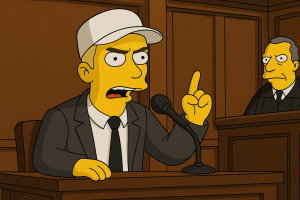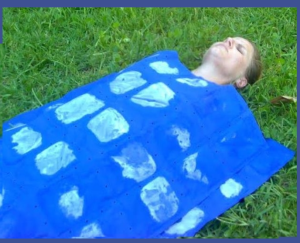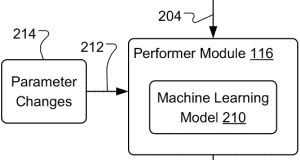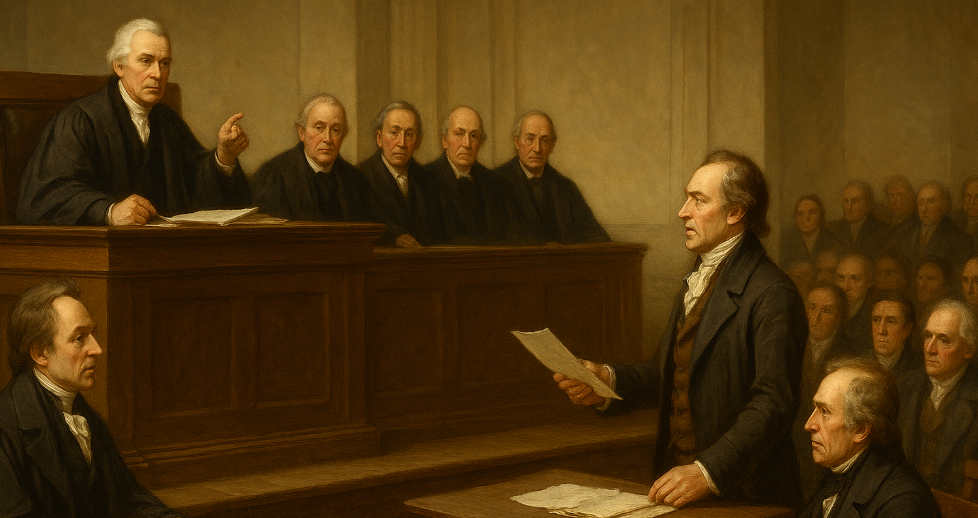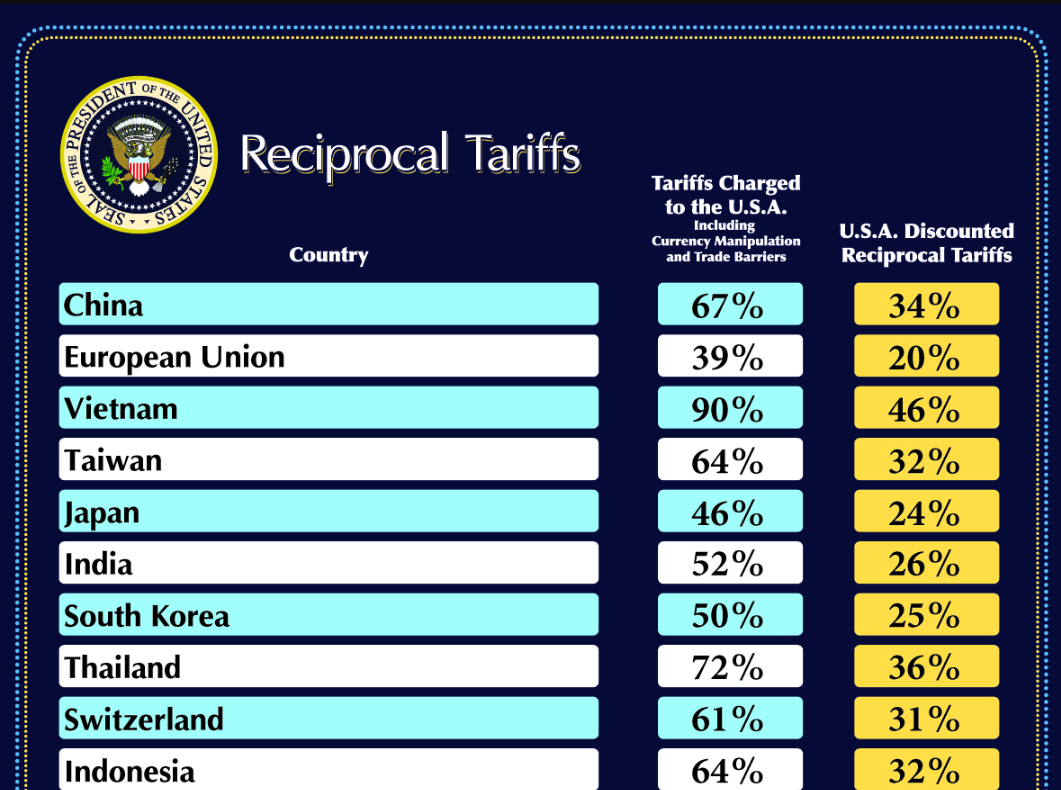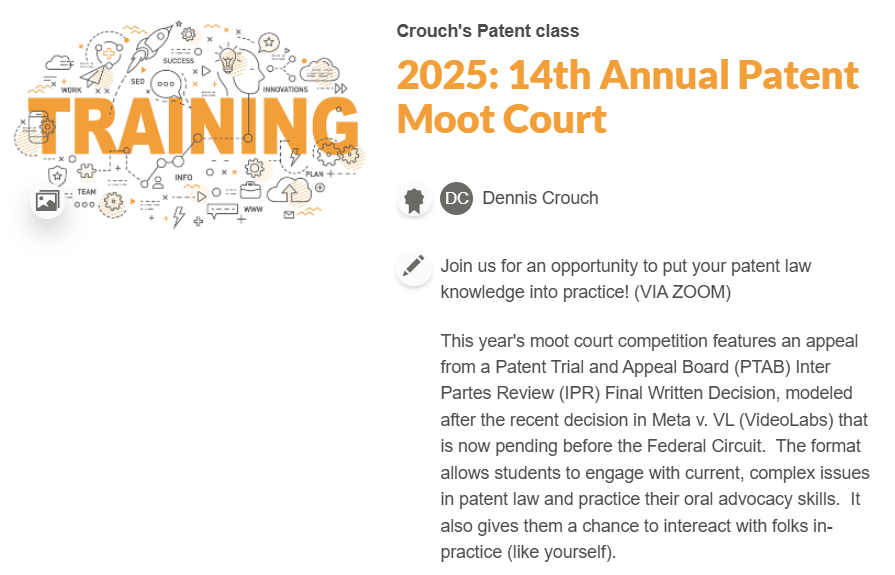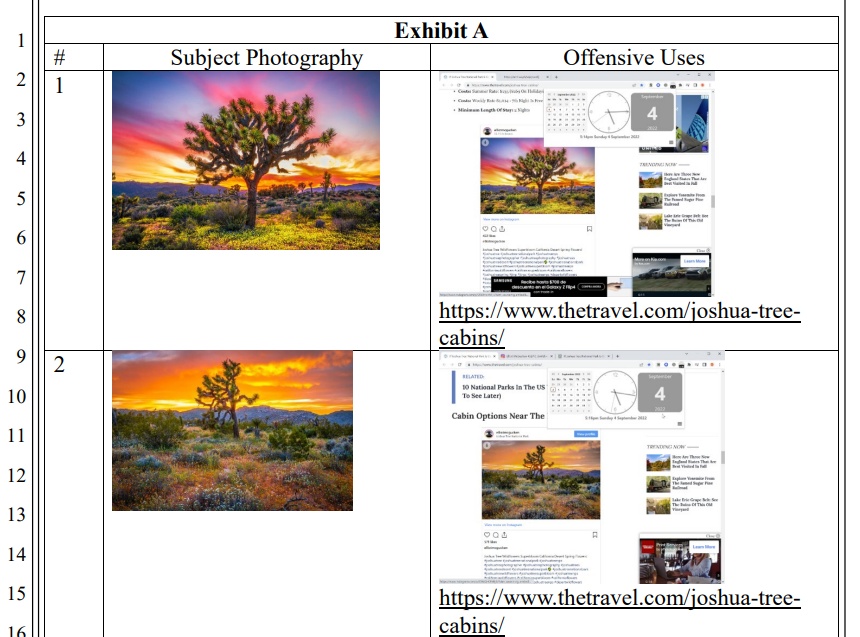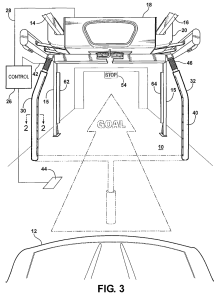"You only get one shot, do not miss your chance to blow. This opportunity comes once in a lifetime, yo." Emenim
The Federal Circuit recently affirmed the District of Delaware's denial of Franz Wakefield's motion for relief from judgment under Rule 60(b), underscoring the importance of timely raising arguments during the normal appeal process. Wakefield v. Blackboard Inc., Nos. 2024-2030 (Fed. Cir. Apr. 23, 2025).
Wakefield, proceeding pro se, sought to reopen a judgment invalidating his U.S. Patent No. 7,162,696 based on indefiniteness grounds more than two years after the district court's original judgment and more than a year after the Federal Circuit's affirmance. The Federal Circuit panel of Judges Lourie, Dyk, and Chen had little difficulty concluding that the district court did not abuse its discretion in finding the Rule 60(b) motion untimely. As the court emphasized, Rule 60(b) is not a substitute for appeal.
To continue reading, become a Patently-O member. Already a member? Simply log in to access the full post.
